


20 years of upcycling
When Carsten Thor founded Thors Design in 2002, he was confronted by 2 challenges. The first was that it was actually cheaper to work with new raw materials than bringing old materials back in to circulation. The second challenge was that customers expect that any new product should be identical and without flaws. It didn’t stop Carsten from launching a project to upcycle the decommissioned Danish harbours. He did this as one of the pioneers within sustainable business development. He simply describes is as common sense.

”I could neither understand nor accept that a good ressource should simply be thrown away.”
This is how Carsten Thor describes the situation, when he thinks back to the time when he started Thors Design 20 years ago. Carsten had just met the lady who later became his wife. Her brother owned Kingo, a large demolition company that had recently broken down the harbour in Korsør. The robust, weathered wood was lying in the harbour and it was costing the company money every day. Nobody wanted to have anything to do with the wood, as they all considered it to be too expensive and difficult to work with.
Today, the sustainable transition is well underway. We are all conscious of the seriousness of the situation and the need to change production methods to a mores sustainable approach. 20 years ago, the world was different. The climate challenges and bio diversity crisis were unknown phenomena for the average citizen back then. The term ”Sustainability” was something you would only hear in academic cirlces. Because of a fault in our economic systems, it was a lot cheaper to buy and use new resources than re-use old materials and there was no incitement to change this.
It was a challenge for Carstens common sense approach, that things were this way. With a strong, stubborn approach, he set about proving that it was possible to establish a successful business when using obsolete materials as a resource. He took a break from his career as an automation technician, and began to experiment with the possibilities of the wood. It took Carsten over a year to develop a circular saw blade that could saw through the length of the robust azobé wood It took another year to learn how to control the strong azobé planks.
“The only thing that we can guarantee our customers is that the furniture that they receive will be absolutely unique and riddled with imperfections."
Carsten had got a step closer to proving that the weathered harbour wood has possibilities. The next challenge was already waiting: customers expected new products should look new, be the same and not contain imperfections. In order to be able to sell products with patina, it was necessary to work on the mentality of the consumer. ”The only thing that we can guarantee our customers, is that the furniture that they receive will be absolutely unique and riddled with imperfections"
They can choose the dimensions of the furniture, and the amount of rustic detail in the wood. But the final look of the product will be defined by the historic details in the wood,” Carsten explains.
This wasn’t an easy journey either. It took 6 years before customers began to appreciate and ask for the wood’s unique characteristics. In the beginning, they were only interested in the ”new wood” that lay protected inside the large pillars. 8 years later, this trend changed completely. The outer layer of the harbour wood, with all its cracks, crevices, marks and bolt holes was what the customers wanted. There was a certain type of customer that was looking for unique and soulful pieces instead of the polished mass produced designs on the market. The business began to thrive and Carstens persistence, courage and unique sense for highlighting the wood’s unique characteristics in his simple furniture designs ensured that Thors design became an established and respected supplier of exclusive pieces.
”For me, it was common sense to use an obsolete material that was still a quality resource. It took time, a lot of trouble and an ability to think outside the box for us to get to the stage where it was a profitable business, but we succeeded.”
”For me, it was common sense to use an obsolete material that was still a quality resource. It took time, a lot of trouble and an ability to think outside the box for us to get to the stage where it was a profitable business, but we succeeded.”
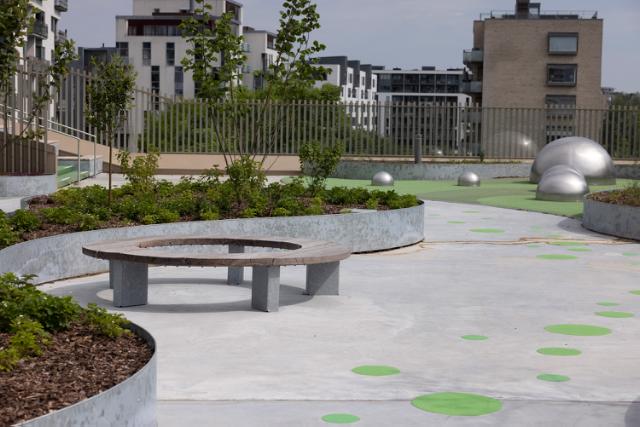
Luckily the world is quite different today, compared to 20 years ago. We have begun to use circular business models and know how to recycle valuable materials. During the 10’s, there was a collective recognition of climate change. Over the following years, the demand for sustainable solutions has exploded, instigating a green transition in society. The ball has started rolling and sustainability – or common sense, as Carsten likes to call it – has become an admission ticket that will be required for the markets of the future.
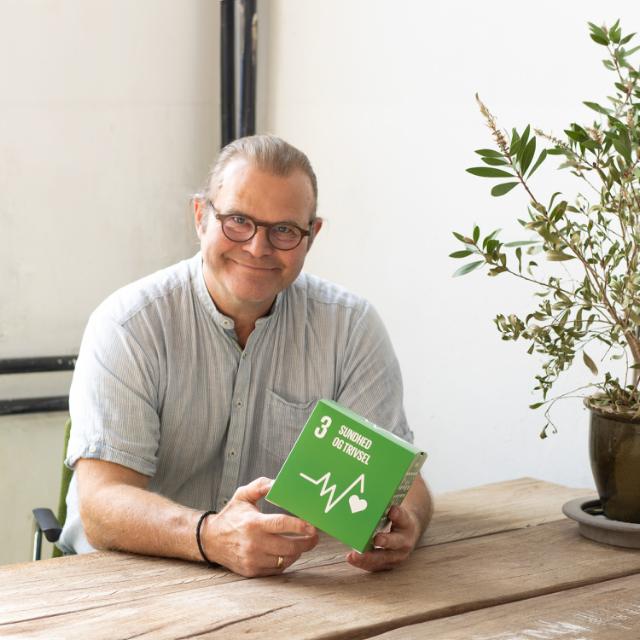
A Collaboration With Møltrup Farm
All bulwarks that become Thors Design furniture are sawn into planks at Møltrup Saw Mill. A collaboration that both makes a difference for men on the fringes of society and enables Thors Design to place its entire production in Denmark.
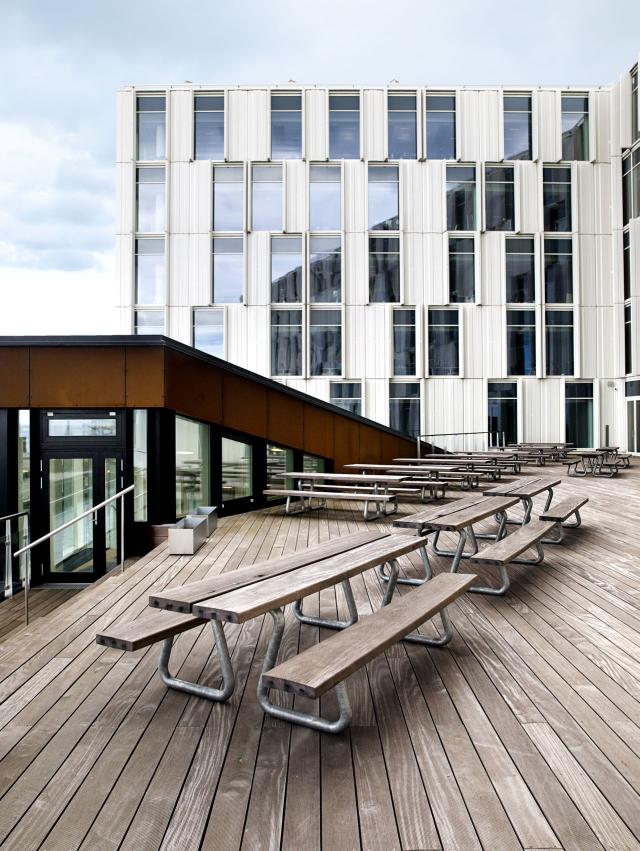
Heavy, Weather Resistant Furniture for the Rooftop Terrace
Decorate your rooftop terrace with heavy, weather resistant furniture made from reclaimed harbour wood and enjoy a long season without worries.
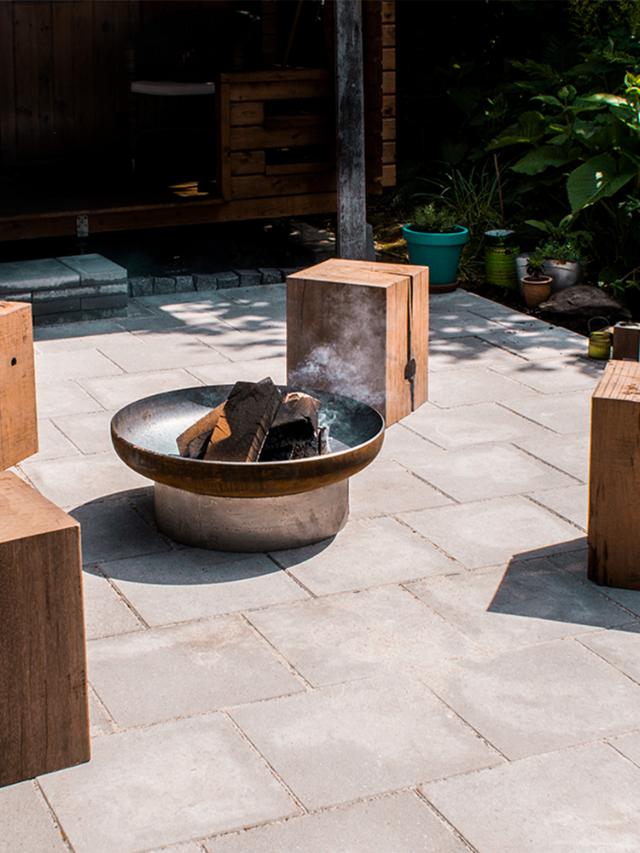
4 ways to use a fire pit in the garden
A fire pit can be used for much more than roasting marshmallows! Read along here where we give you our 4 best suggestions on how you can use your fire pit.
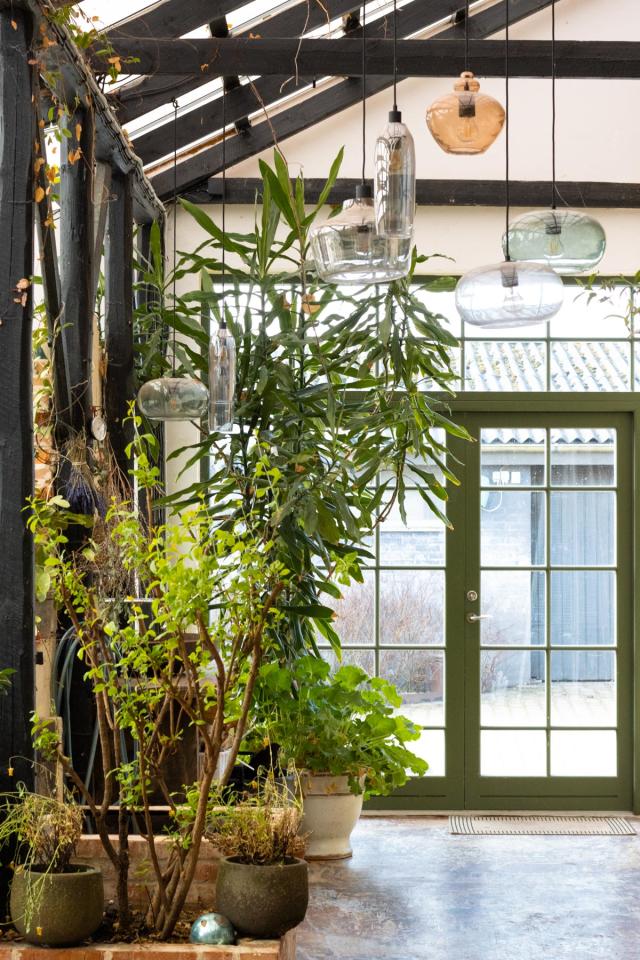
An orangery with focus on functionality and soul
Come and visit Carsten Thors Mediterranean paradise and get inspiration for your own orangery!

